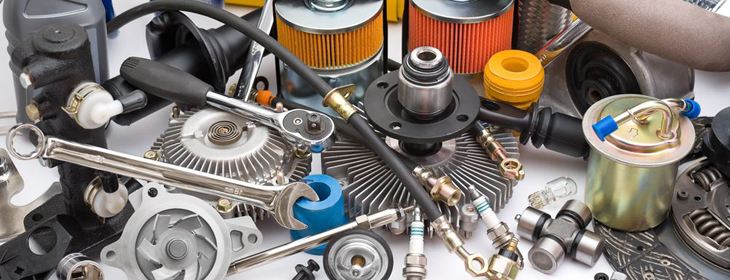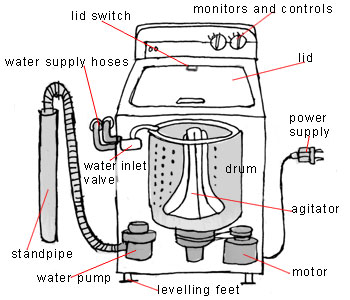
In this unit you will review the following points:
- Useful vocabulary: Objects and actions
- Describing how an object works
- Choosing a starting point
- Using sequence expressions
- Using ellipsis
- Using synonyms
- Using active and passive verbs forms
2. Describing how an object works.
A thaumatrope is a toy that was popular in the 19th century. It consists of a disc with a picture on each side. When the disc is spun, the two pictures appear to combine into a single image.Look at the diagrams describing how a thaumatrope works. Choose the correct sentence to describe each diagram.
|
3. Choosing a starting point.
TIP:
An illustration describing how something works may or may not have an obvious starting point. It is important to begin your answer by describing the structure. Avoid repeating the task instructions.Look at the illustration and question and choose the best way to begin your answer from the following introductory sentences.
Writing Task 1
You should spend about 20 minutes on this task.
The diagram below shows how a thaumatrope works.
Summarise the information by selecting and reporting the main features.
Write at least 150 words.
The thaumatrope – a moving image toy
 |
 |
 |
 |
 |
4. Sample answer.
Use the words below to complete the sample Task 1 writing answer. If you like, you can look at the Task 1 writing question again.
Before you begin the exercise, check that you understand the following words: merge viewer
5. Sequence expressions.
TIP:
In the Task 1 writing question you may need to put events in order or describe things happening at the same time.Put the sequence expressions in the correct boxes.
6. Ellipsis.
TIP:
We can leave out unnecessary words from sentences to avoid repetition. This is called ellipsis. We can do this when the meaning of the sentence is clear without these words.Some words have been removed from the text because they are unnecessary. Put the words and phrases from the box to add the parts that have been removed.
7. Ellipsis.
Make the sentences more concise and less repetitive by selecting the words that can be omitted to delete them. The total number of words you need to delete is in brackets.
8. Using synonyms and synonymous expressions.
TIP:
In your answer you should not copy words and phrases directly from the question or repeat ideas and vocabulary. Use synonyms or similar words and expressions to vary vocabulary and avoid repetition.Complete the second sentence of each pair using words or expressions with similar meanings from the box below.
10. Passive vs. active verb forms.
Complete the text with either a passive or an active form of the verbs in brackets.
TIP:
In this exercise, in the fourth and sixth answers, the word are can be omitted to avoid unnecessary repetition (ellipsis). See exercises 6 and 7 for more information about ellipsis.12. Practice question.
Read the instructions and write your answer. Remember to:
- choose an appropriate starting point.
- use sequence expressions to order events.
- avoid repetition and be concise by using ellipsis.
- use synonyms to avoid repetition.
- use both active and passive verb forms.
Writing Task 1
You should spend a maximum of 20 minutes on this task.
The diagram below shows a washing machine.
Summarise the information by describing the main features and explaining how a washing machine works.
Write at least 150 words.

When you have completed the writing task, you can look at a sample answer. Compare the sample answer with your own.
The illustration provides an overview of the workings of a washing machine. The appliance must be connected to a power supply before it can be loaded with laundry. The operator can then select a program from the control panel at the top of the washing machine.
Water enters the machine by means of two water supply hoses at the back of the appliance. The water then passes through the water inlet valve and is released into the drum through a series of holes, which are arranged in equidistant rows around the inside of the drum. An agitator, with a broad base and a narrower top, is situated in the centre of the drum. This moving part is powered by a motor at the base of the washing machine.
As the clothes are washed, the dirty water is pumped out through the back of the washing machine via a drain hose and a standpipe. Once the program has finished, the lid switch is deactivated, allowing the lid to be lifted and the clean laundry removed from the machine.